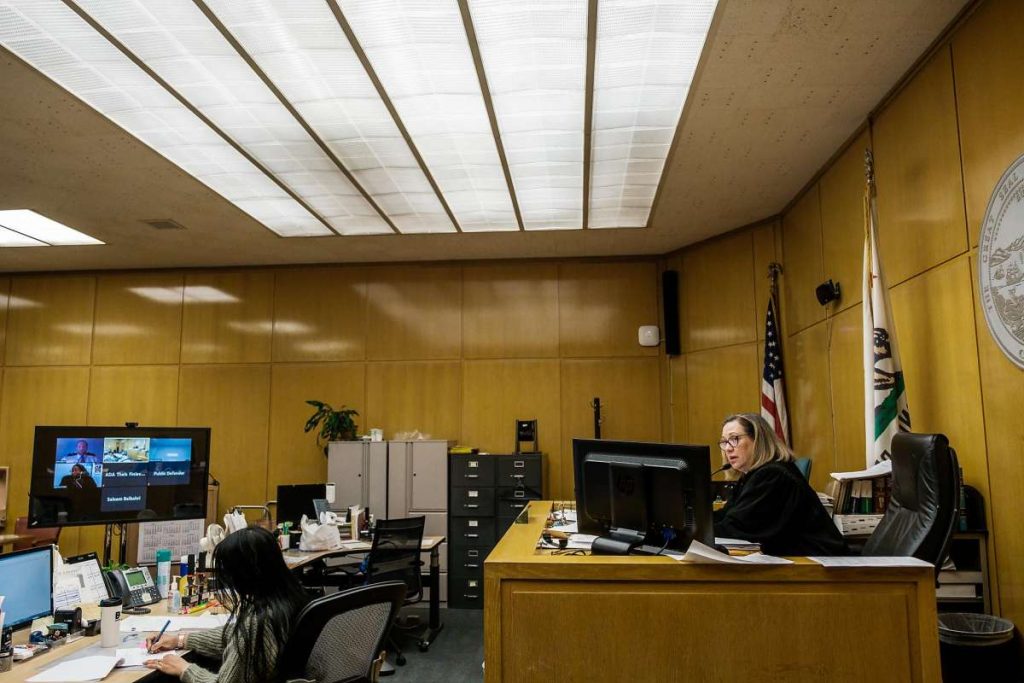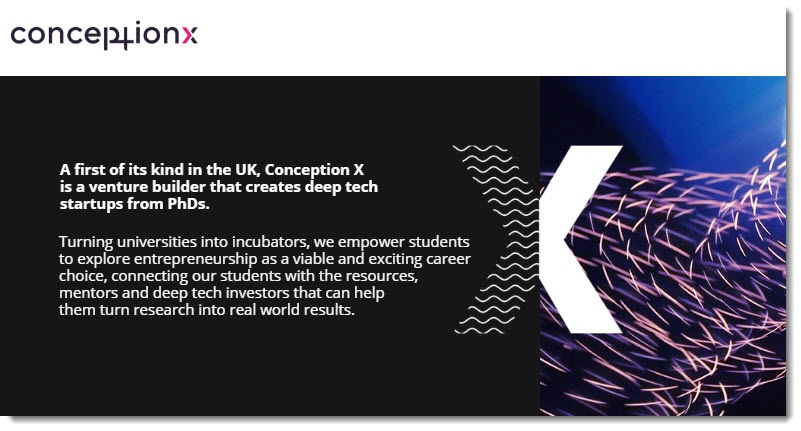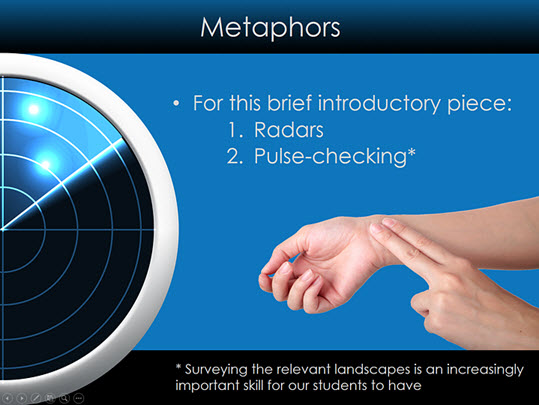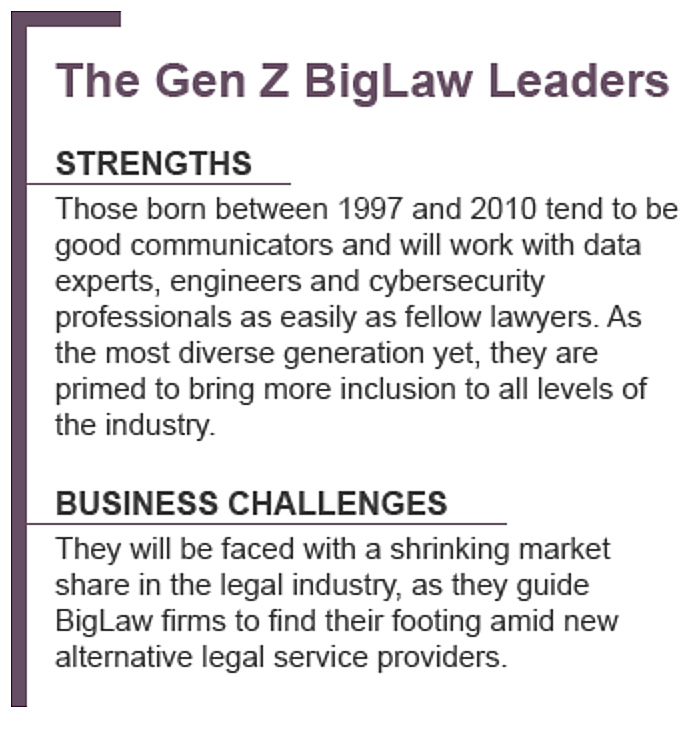From DSC:
Let’s hope that Cisco Webex learns from Zoom, Blackboard Collaborate, and likely other products/vendors as well — in terms of providing easy-to-setup and use, seamless breakout rooms.
The breakout rooms in the Cisco Webex’ Training Center product are audio-only, which represents a major gap/disadvantage for numerous courses out there. (And, last I knew, there aren’t breakout rooms in the Cisco WebEx Meeting Center product.) The idea of community, presence, and collaboration is supported by providing audio and video. Video is critically important in certain courses.
Plus we are finding at WMU-Cooley that we need to create main rooms PLUS additional breakout rooms and assign students to each breakout room. But then, audio and video issues abound. Such a complex setup requires that the faculty member (i.e., the host) of such meetings needs to be pretty savvy in order to make things work well.
The transitions of going from the main meeting room to breakout rooms needs to be quick and easy. Bb Collaborate did a great job with this, and I hear Zoom does a good job with this as well. Cisco Webex does not.
Cisco — if you’re going to be in the world of higher ed and in the K-12 world, you need to fix this ASAP.
Flipping things around…Zoom, you had better learn from Cisco Webex if you want to play in the worlds of education as well. Your “Zoombombing” and security-related issues are not good.
- New York City bans Zoom in schools, citing security concerns — from techcrunch.com by Zack Whittaker
- San Diego ‘Zoombombing’ incident highlights need for schools to use safety controls — from sandiegouniontribune.com by Kristen Taketa
- etc.
- etc.
Also see:
- Google bans Zoom software from employee laptops — from reuters.com

















